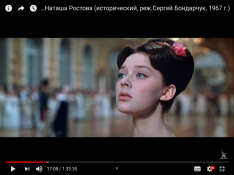I have several copies of the old Camera Magazine.
The back cover always has some sort of advertisement.
1. Agfa Chrome 50s
2. ORWO Chrom UT-18
Any of our members have experience with these two films.?
To be honest... #2... i am not sure i am spelling it correctly.
I have never heard of it before, and it is hard to reproduce the exact Nomenclature/Font that is used on the box of film that is in the ad.
Thank You
The back cover always has some sort of advertisement.
1. Agfa Chrome 50s
2. ORWO Chrom UT-18
Any of our members have experience with these two films.?
To be honest... #2... i am not sure i am spelling it correctly.

I have never heard of it before, and it is hard to reproduce the exact Nomenclature/Font that is used on the box of film that is in the ad.
Thank You





